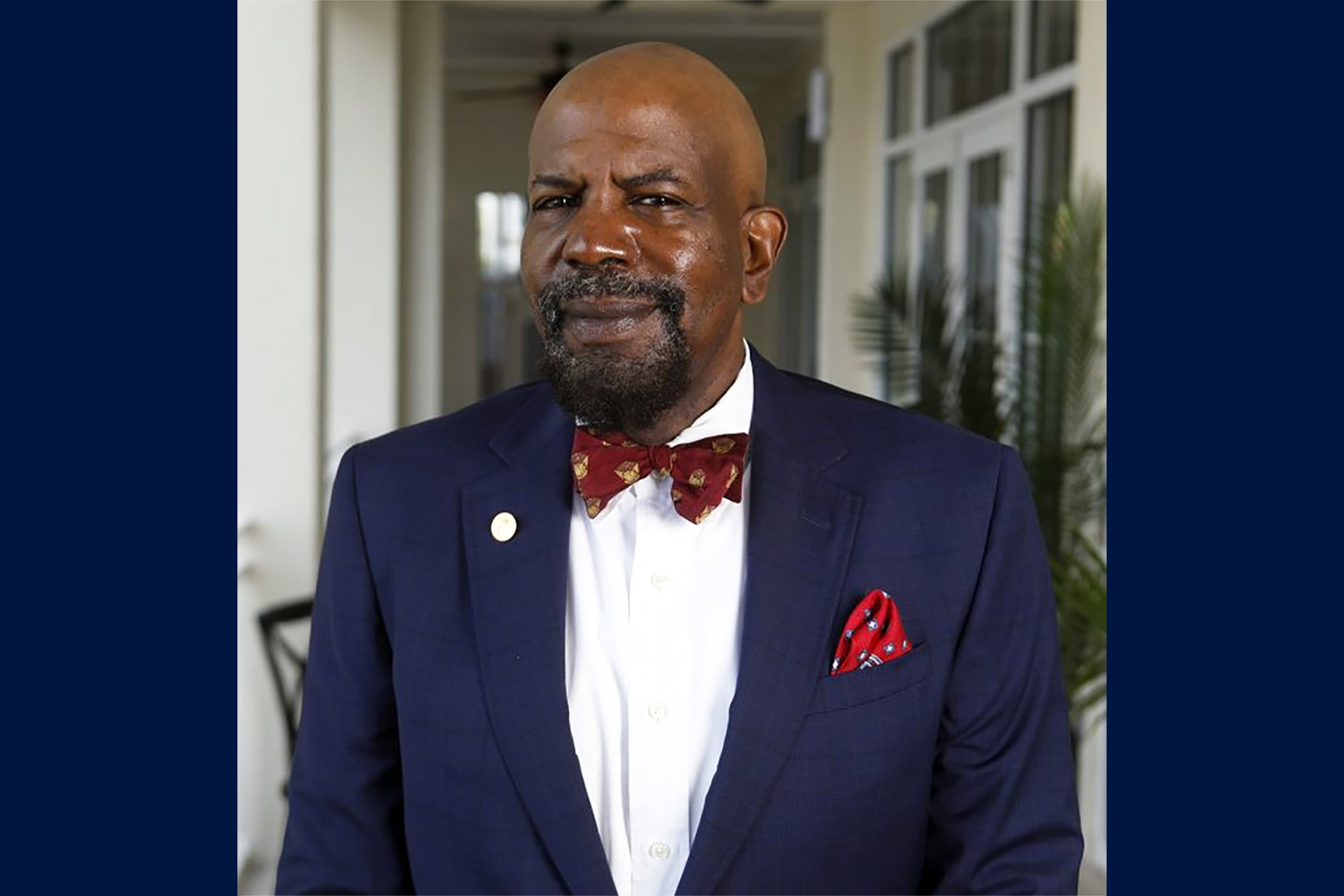By Olivia Drake, Written Communications Specialist
A new, state-of-the-art weather and climate facility led by researchers at the University of Connecticut (UConn) and the University at Albany (UAlbany) will help safeguard the energy industry of the future.
Backed by grant from the National Science Foundation (NSF), the Center for Weather Innovation and Smart Energy and Resilience (WISER) is UConn’s newest Industry-University Cooperative Research Center (IUCRC). IUCRCs are designed to help corporate partners and government agencies connect directly and efficiently with university researchers to conduct high-impact research, drive innovative technology development, and develop a high-tech, skilled workforce.
WISER aims to leverage the research and expertise at UConn and UAlbany to create advanced weather- and climate-based solutions for the energy industry, now and in the future.

Emmanouil “Manos” Anagnostou, director of UConn’s Eversource Energy Center, Board of Trustees Distinguished Professor, and Eversource Energy Endowed Chair in Environmental Engineering, and Chris Thorncroft, director of UAlbany’s Atmospheric Sciences Research Center, are leading WISER for their respective universities.
“We envision WISER to become a leading energy industry-academia partnership, advancing research and cutting-edge technologies to continually improve power grid efficiency and reliability in the face of a changing climate and transition to clean energy,” Anagnostou said.
“The IUCRC program was created by the NSF to generate new and innovative research through engagement between academic researchers, government agencies and industry partners,” said Thorncroft, who also directs UAlbany’s Center of Excellence in Weather and Climate Analytics and the New York State Mesonet. “WISER will fulfill this mission by advancing research and cutting-edge technologies to improve energy industry efficiency and reliability in the face of a rapidly changing climate and global transition to clean energy sources.”
WISER’s research direction will focus on renewable energy (solar, hydro, and wind), power outage management, electrical grid resilience brought on by extreme weather, and ways climate change impacts power producers and power distributors.
“We’ll use artificial intelligence, machine learning, predictive modeling, and remote sensing to provide real-time climate and weather information,” Anagnostou said. “This data-driven approach will allow us to predict how weather extremes and vulnerabilities may affect power outages and let energy companies better prepare for emergency responses.”
To date, 14 companies including Eversource, IBM, National Grid, and Avangrid have elected to join WISER as industry partners, and 16 faculty from UConn’s School of Engineering, School of Business, and the College of Agriculture, Health, and Natural Resources are on the WISER research team. Anagnostou and Thorncroft welcome additional industries and faculty to join WISER and collaborate on projects and share ideas.
WISER also will recruit graduate and undergraduate students from underrepresented groups to increase minority participation in science and engineering and especially interdisciplinary collaborations and exposure to industry-academia partnerships.
Several faculty have already proposed WISER studies. Malaquias Peña, associate professor of civil and environmental engineering, is partnering with Zongjie Wang, assistant professor at the Eversource Energy Center on a project titled “Power System Optimization Designs to Spur Renewable Energy Sources Adoption in a Changing Climate.” In this study, the duo will develop an evaluation method of power management algorithms that could guarantee reliability, lowest costs, transparency, and flexibility in present and future climate change scenarios.
Robert Fahey, assistant professor of natural resources and the environment, is the PI on a proposal titled “Incorporating Dynamic Vegetation Structure and Tree Biomechanics into Outage Predication and Resilience Investment Modeling.” Fahey will explore how invasive pests and diseases are impacting forest health by weakening trees and their predicted associated damage to utility infrastructure under storm scenarios.
And Anagnostou himself will work with colleagues at UAlbany on a project titled “Effectively Integrating Disparate Operational Data Sources into Research, Products, or Action.” This group proposes building a visually-pleasing data management framework that concisely displays integrated meteorological and operational information to support utilities in making the most effective decisions.
Initially, Anagnostou hopes WISER will complete between eight and 12 projects a year, but he welcomes and encourages additional industry partners and UConn researchers to join WISER and collaborate on projects. The research teams also will recruit UConn students to assist with research and expose them to industry-academia partnerships.
“We’re not committed to any number of proposals, and we’re always open to any new ideas that can be pushed forward,” he said.
The new center will be supported by a $750,000 NSF grant for each institution and a five-year, $3.7 million industry partnership membership fee. The NSF also awarded WISER with a $20,000 grant in 2022 that was used to host a WISER planning meeting at UAlbany with energy industry executives.
WISER is UConn’s fourth IUCRC to be funded by the NSF. The others include the Center for Novel High Voltage/Temperature Materials and Structures (HVT), the Center for Hardware and Embedded System Security and Trust (CHEST), and the Center for Science of Heterogenous Additive Printing of 3D Materials (SHAP3D).
“We’re thrilled to be the NSF’s latest IUCRC and look forward to working with our industry partners on innovating predictive systems and technologies for clean energy,” Anagnostou said. “We aim for a more reliable electric grid in the face of climate change, all while working toward a greener future.”



